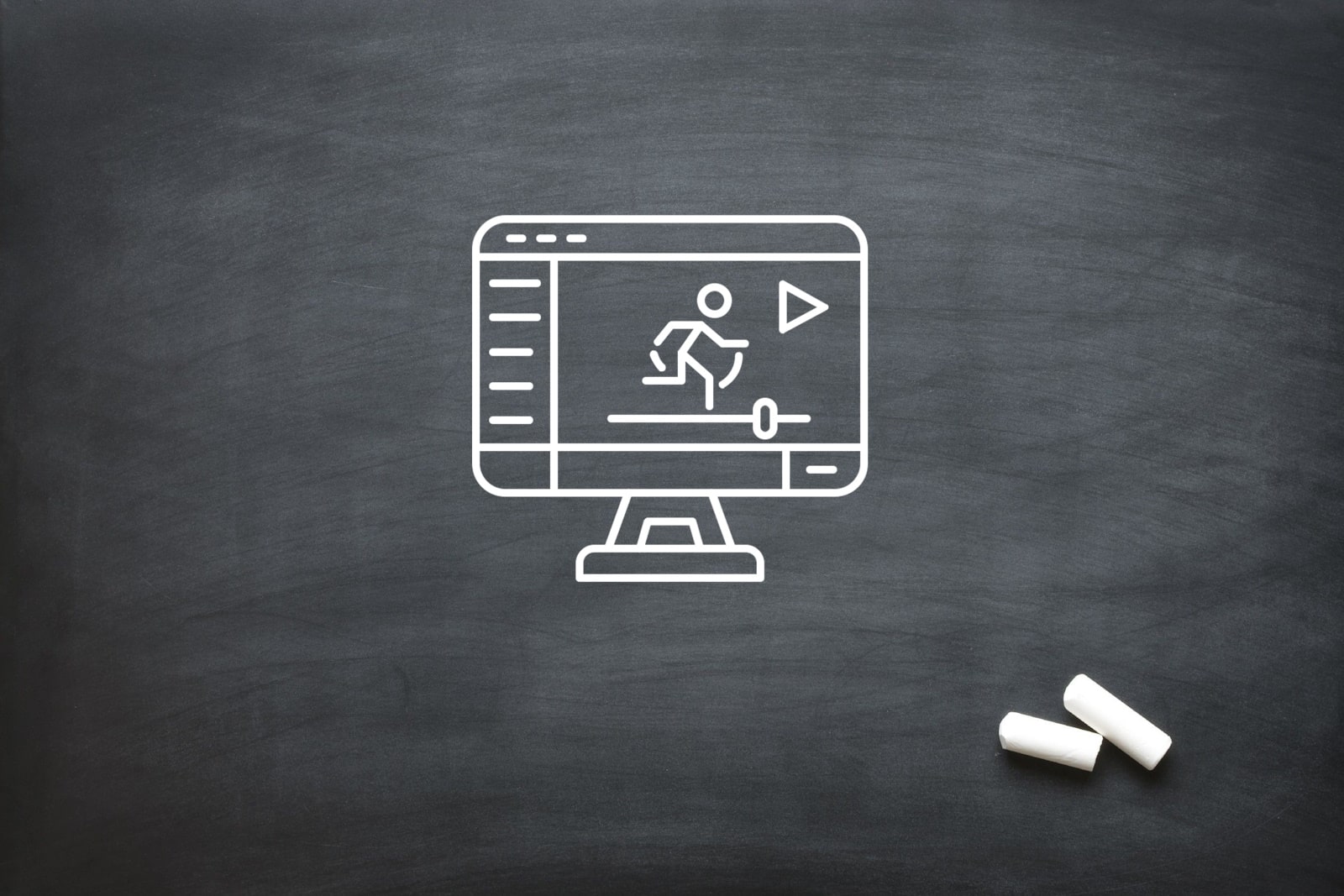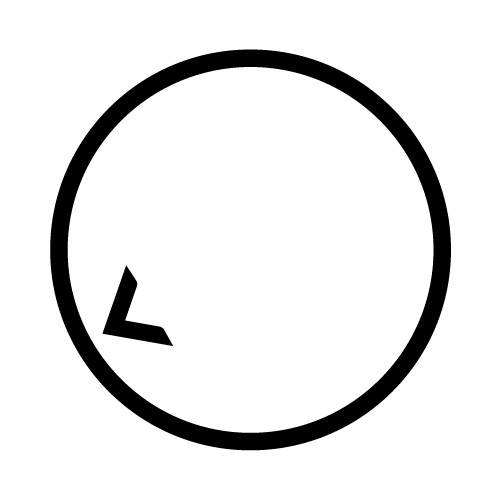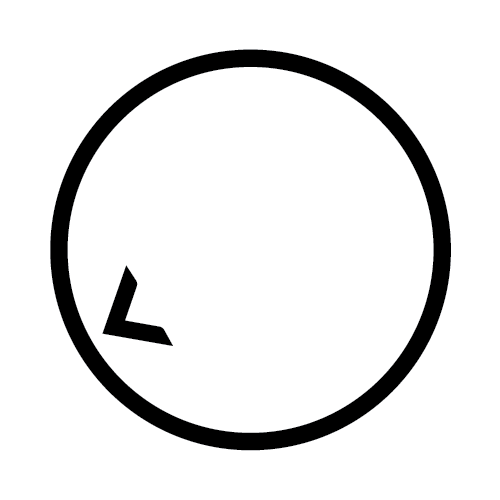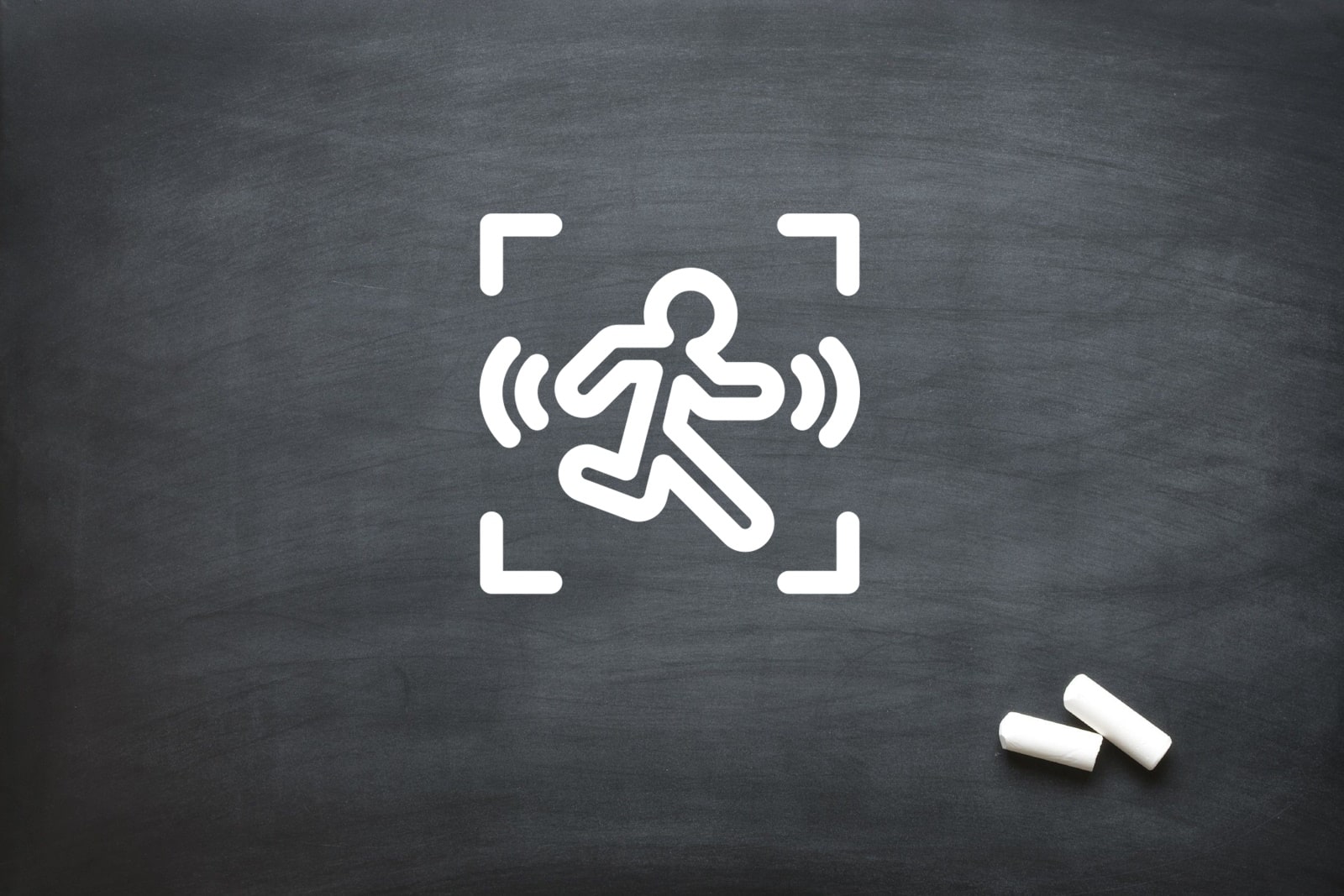
Procedural Animation Techniques
Procedural animation is revolutionising the way 3D animators approach motion creation. By harnessing algorithms rather than relying solely on manual keyframing, it provides a powerful means of generating dynamic, adaptive, and realistic animations. This technique enables animations to react to environmental variables and user inputs in real time, pushing beyond traditional limits and opening new possibilities for interactive and immersive experiences. For 3D animators, understanding procedural animation is essential to stay competitive and innovative in today’s digital landscape.
Procedural animation’s algorithm-driven nature means that motions can be generated on the fly, which significantly streamlines workflows. It allows 3D animators to craft complex animations that would otherwise demand painstaking manual effort. As animation demands grow more intricate—especially in gaming, virtual reality, and visual effects—procedural methods offer scalability and flexibility that are hard to match by hand-animating each frame or sequence.
What Is Procedural Animation?
Procedural animation refers to the creation of animated sequences automatically through algorithms and mathematical models rather than manual input of every movement. This method lets 3D animators set rules and parameters from which the animation is generated dynamically, often responding to changes in the environment or user interactions. Unlike traditional animation, where every keyframe is explicitly crafted, procedural animation produces motion that can vary each time it runs, adding an organic and lifelike quality to scenes.
For 3D animators, procedural animation reduces repetitive tasks and provides a foundation for creating content that adapts and evolves, rather than being static. This adaptability is especially valuable in interactive media where user choices or physics-based changes influence animation behaviour, enabling a more seamless and natural experience that would be difficult to replicate through manual keyframing alone.
Core Techniques in Procedural Animation
Noise functions such as Perlin noise and Simplex noise are vital tools in procedural animation, widely used by 3D animators to introduce natural randomness and variation into motion. These noise algorithms generate smooth, continuous random values that help mimic natural phenomena like rippling water, waving grass, or fluctuating wind. Their capacity to produce organic patterns ensures animations avoid mechanical or repetitive appearance, a crucial factor in creating immersive visuals.
Particle systems are another fundamental technique where numerous small particles follow simple rules to collectively simulate complex effects such as fire, smoke, dust, or explosions. For 3D animators, particle systems provide an efficient way to depict these phenomena realistically without animating each element individually. By adjusting particle behaviours—such as velocity, lifespan, and interaction—animators can achieve highly dynamic and visually engaging results with relative ease.
Physics-based simulations bring a further layer of realism by applying physical laws to animate objects. Rigid body dynamics simulate solid objects interacting under forces like gravity and collisions, while soft body dynamics enable animations of deformable materials such as cloth, flesh, or rubber. These simulations allow 3D animators to create believable interactions and movements that adhere to real-world physics, greatly enhancing the authenticity of animated sequences.
Advantages of Procedural Animation
One of the greatest advantages procedural animation offers 3D animators is efficiency. It drastically reduces the time needed to produce complex animations by automating repetitive tasks and generating motions algorithmically. This efficiency translates into faster iteration cycles and the ability to produce more content without proportionally increasing workload or costs.
Procedural animation also enables the creation of highly complex and varied motion from a single set of rules or algorithms. For 3D animators, this means that a small amount of procedural data can result in a broad range of animations, each subtly different, which is invaluable for creating lifelike and engaging scenes. Furthermore, the capacity for real-time adaptation means animations can respond dynamically to game mechanics, environmental changes, or user input, enhancing interactivity and immersion.
Applications in Gaming
In the gaming industry, procedural animation is indispensable for creating dynamic character movements that react fluidly to player actions and diverse terrains. 3D animators utilise procedural methods to enable characters to adjust walking, running, or jumping styles depending on the surface or obstacles, contributing to more believable gameplay experiences. This adaptability makes game worlds feel alive and responsive rather than scripted.
Environmental effects such as wind-swept trees, flowing water, and particle-based weather phenomena are often procedurally generated, giving game environments a rich sense of natural variability and life. 3D animators can use these procedural effects to build immersive worlds that change subtly over time or in response to in-game events, without the need for large amounts of pre-animated assets.
Use in Visual Effects
Procedural animation is also a cornerstone in visual effects, where realism and complexity are paramount. It allows 3D animators to simulate natural disasters like explosions, crumbling structures, or flowing lava with a level of detail that manual animation cannot easily match. Procedural methods help achieve visually stunning effects that are both believable and scalable for production needs.
Crowd simulations rely heavily on procedural techniques, enabling 3D animators to generate large groups of individuals each exhibiting independent behaviours and movement. This avoids the repetitiveness that would arise from cloning static animations and creates realistic scenes involving mass interactions, such as riots, battles, or public gatherings. Additionally, natural phenomena like fire, smoke, and water are frequently procedurally generated, providing 3D animators with tools to create highly dynamic and responsive environmental effects.
Challenges in Procedural Animation
While procedural animation provides many benefits, controlling its inherent randomness poses a significant challenge. 3D animators must carefully tune algorithms to ensure that generated motion remains consistent with the artistic vision, preventing animations from appearing chaotic or unnatural. Achieving the right balance between unpredictability and control is often a nuanced process requiring expertise and iteration.
Another hurdle lies in aligning procedural outputs with specific creative intents. Because animations are generated by algorithms, it can be difficult to precisely dictate every aspect of movement or emotion, unlike manual keyframing where each pose is controlled directly. Furthermore, complex physics-based simulations can demand considerable computational resources, requiring optimisation to maintain real-time performance, especially in interactive applications like gaming.
Future Trends
The future of procedural animation is increasingly intertwined with artificial intelligence advancements. AI integration allows procedural systems to learn from vast datasets and generate context-aware animations that can react intelligently to complex scenarios. This promises to elevate the capability of 3D animators by providing tools that blend procedural automation with adaptive, data-driven behaviours.
Reinforcement learning, a branch of AI, is enabling characters to refine their movements by trial and error, mimicking natural learning processes. This progression offers 3D animators unprecedented control over creating lifelike, evolving animations without exhaustive manual input. Market forecasts predict rapid growth in AI-assisted animation technologies, signalling a major shift in how 3D animators will work in the near future.
Procedural animation empowers 3D animators to create richer, more flexible, and realistic animations through algorithmic processes. It optimises workflows, unlocks creative possibilities, and supports interactive applications where responsiveness is key. Mastery of procedural techniques is essential for 3D animators aiming to lead in the evolving animation and gaming industries.
At Oliver Karstel Creative Agency, we combine deep expertise with cutting-edge procedural animation methods to craft compelling visual narratives. If you’re looking to bring your project to life with dynamic, innovative animation solutions, get in touch with us. We’re here to collaborate and help you push the boundaries of what’s possible in animation.






